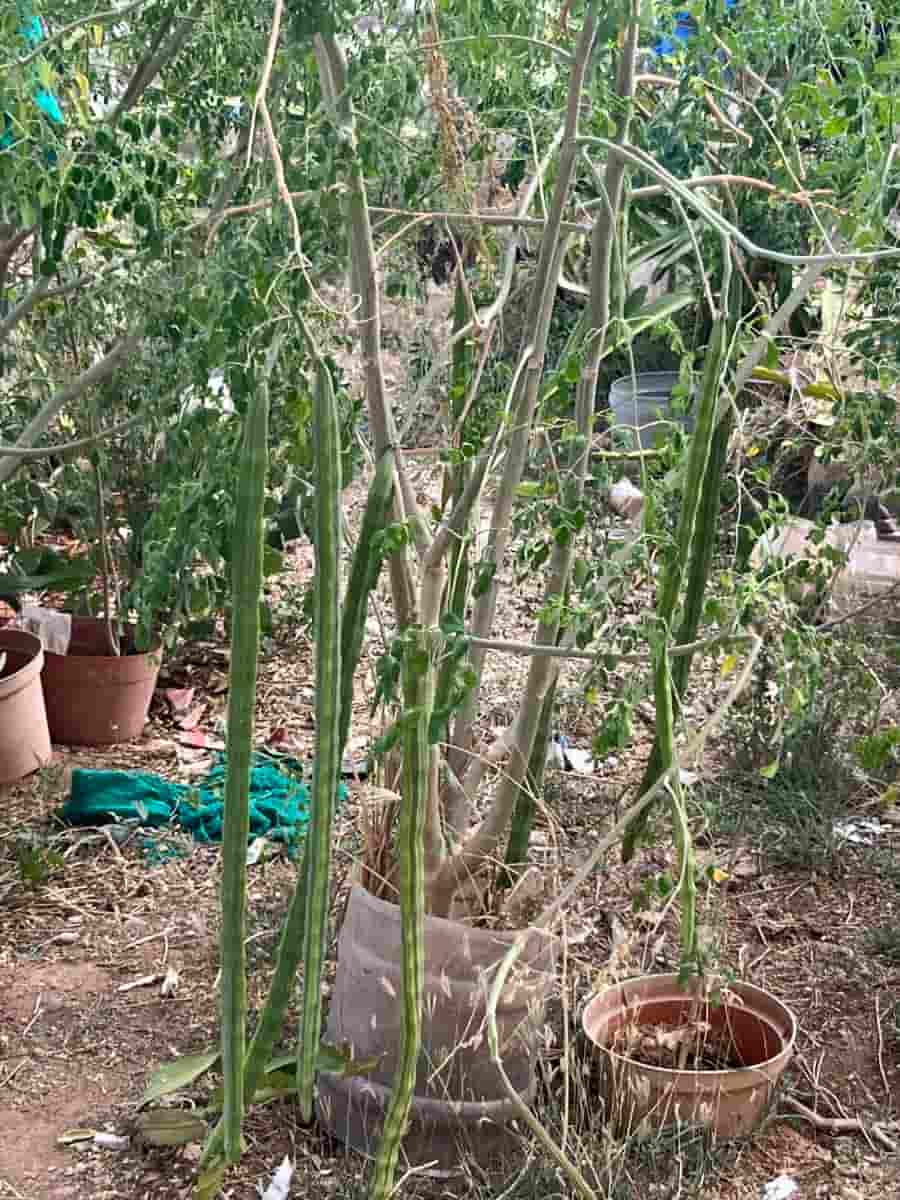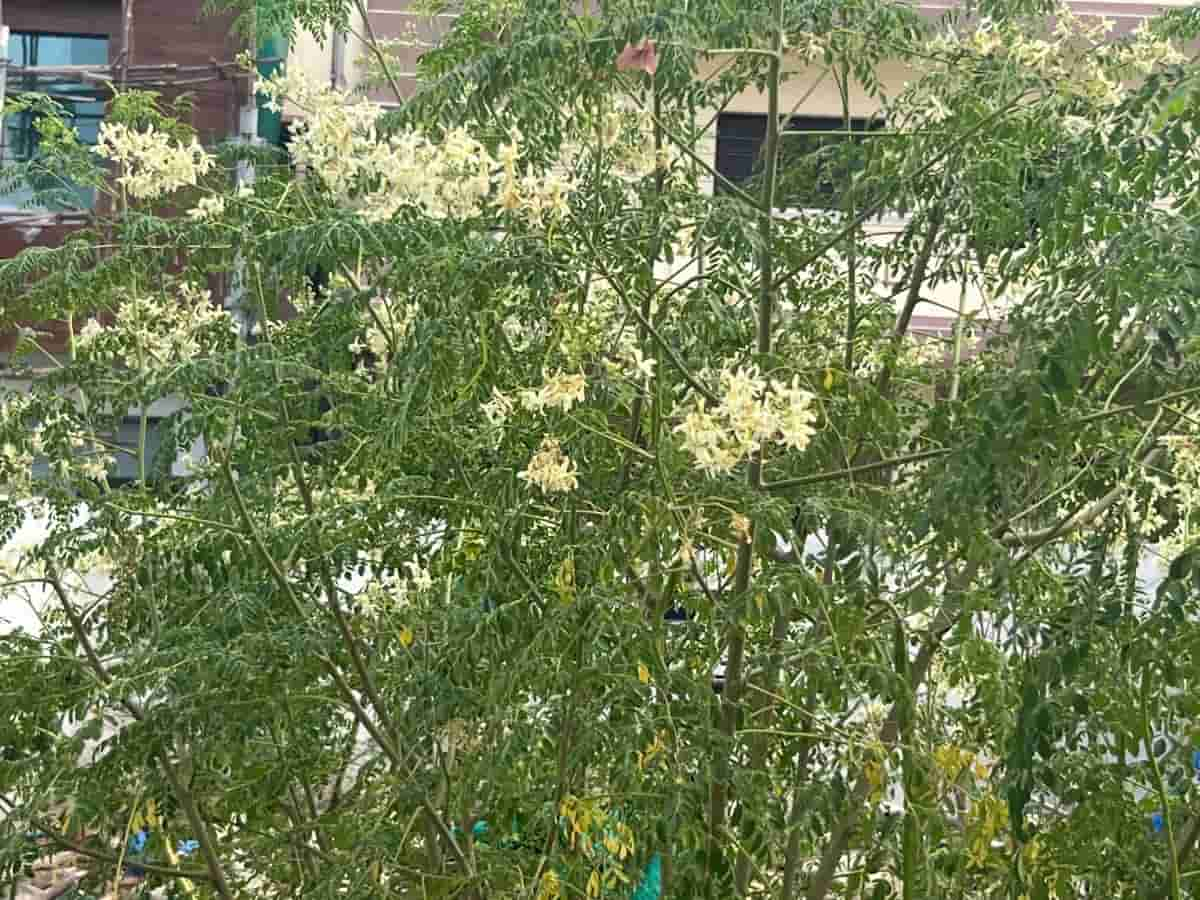Discover the Ultimate Guide to Moringa PKM 1 Variety, renowned for its hybrid nature and high-yielding drumstick seeds. Explore cultivation techniques, plant care tips, and nutritional benefits. Learn about the economic advantages and market demand alongside essential information on seed germination, soil requirements, and pest management. Delve into sustainable farming practices and discover the cost per kg for this sought-after variety.

Moringa PKM 1 Facts
Introduction to Moringa PKM 1 Variety
Overview of Moringa PKM 1
The Moringa PKM 1 variety is a hybrid cultivar renowned for its high-yielding drumstick seeds. Developed through extensive research and breeding programs, this variety exhibits superior traits that make it highly suitable for commercial cultivation. With proper care and management, Moringa PKM 1 has the potential to sustainable agriculture and food security initiatives significantly.
History and Development of the Hybrid Variety
Moringa PKM 1 is a hybrid variety of Moringa oleifera, known for its high yield and tender leaves. It is one of the most successful and superior varieties of Moringa. The PKM 1 variety was developed at the Periya Kulam Horticultural College and Research Institute in Tamil Nadu, India.
Characteristics of Moringa PKM 1 Seeds
Soil Requirements and Preparation: Moringa PKM 1 can grow in differnet range of soils, but it thrives best in deep sandy loam soil with a pH of 6.5-8. The soil should be prepared by digging pits of size 45 cmX45 cmX45 cm, spacing of 2.0-2.5 m either way. It is recommended to apply 15 kg of compost or FYM (Farm Yard Manure) per pit after mixing it with topsoil.
Planting Guidelines and Spacing: Planting of Moringa PKM 1 is typically done from July to October. A seed rate of 500 g/ha is required, with two seeds per pit sown at a depth of 2.5-3.0 cm. Alternatively, the seeds can be sown in poly bags containing pot mixture and transplanted after 35-40 days of sowing.
Care and Maintenance
Watering Needs: Moringa PKM 1 requires regular watering, especially during the initial stages of growth. However, it is important to avoid overwatering, as excessive moisture can lead to root rot. Watering based on the soil moisture content and weather conditions.
Fertilization and Nutrient Management: Proper fertilization is essential for the healthy growth of Moringa PKM 1. Applying organic compost or FYM during soil preparation can provide essential nutrients. Additionally, the application of a balanced NPK (Nitrogen, Phosphorus, Potassium) fertilizer can help meet the plant’s nutrient requirements. High-density planting and fertigation techniques can also be employed to increase yield.
Pest and Disease Management: Moringa PKM 1 is generally resistant to pests and diseases. However, common pests like aphids, caterpillars, and whiteflies can occasionally affect the plant. Regular monitoring and the use of organic pest control methods, like neem oil and insecticidal soaps, can help manage pest infestations. Proper sanitation practices and crop rotation can also help prevent disease outbreaks.
In case you missed it: Guide to Moringa PKM 2 Variety: Hybrid and High Yielding Drumstick Seeds for Cultivation

High Yield Cultivation Techniques
Pruning and Managing for Optimal Growth: Pruning is an important technique to manage the growth of Moringa PKM 1 and promote optimal yield. Pinching off the main shoots on the 80th day after sowing can help register the highest yield of fruits. Additionally, pinching off the seedlings when they reach a height of about 75 cm can facilitate more branching and increase overall yield.
Techniques for Maximizing Yield: High-density planting at a spacing of 1.5 x 1.0 m with two plants per hill and a plant population of 13,333/ha, along with the application of a balanced NPK fertilizer dose through drip irrigation, can help maximize the yield of Moringa PKM 1. Phosphorus applied basally as soil application, while nitrogen and potassium applied in the form of urea and muriate of potash through drip irrigation.
Harvesting and Post-Harvest Handling
When and How to Harvest: Moringa PKM 1 can be harvested when the pods reach a length of 45-75 cm. Each plant can yield 300-400 sticks, making it a high-yielding variety. Harvesting should be done when drumstick pods mature. The pods can be harvested by cutting them with a sharp knife or pruning shears.
Post-Harvest Storage and Processing: After harvesting, the Moringa PKM 1 pod can be stored in a cool, dry place to maintain its quality. They can also be processed into various products like powder, oil, or tea. Proper drying and processing techniques should be followed to ensure the preservation of nutritional value.
Economic Aspects and Market Potential
Cost Per Kg of Moringa PKM 1 Seeds
The cost per kg of Moringa PKM 1 depending on factors such as seed quality, market demand, and availability. However, investing in high-quality seeds from reputable suppliers can ensure better germination rates and overall crop performance, ultimately leading to higher returns on investment for farmers.
Economic Benefits and Market Demand
Moringa PKM 1 cultivation can be lucrative for farmers due to its high yield and market demand. The variety is known for its four-season yield, and flowering starts within four months of plantation. Moringa products, including seeds, leaves, and oil, have gained popularity due to their nutritional and medicinal benefits, leading to a growing market demand 1.
Nutritional and Medicinal Benefits
Nutritional Profile of Moringa PKM 1 Drumsticks
Moringa PKM 1 drumsticks are renowned for their exceptional nutritional profile, rich in vitamins, minerals, antioxidants, are making them a valuable addition to a healthy diet, including essential nutrients like vitamin C, vitamin A, calcium, iron, and protein.
Medicinal Properties and Uses
In addition to their nutritional benefits, Moringa PKM 1 drumsticks possess medicinal properties and have been used traditionally in Ayurvedic and herbal medicine for various ailments. They are known for their anti-inflammatory, antioxidant, antimicrobial, and immune-boosting properties, offering potential health benefits ranging from improved digestion to enhanced immune function.
Difference Between PKM 1 and PKM 2 Drumstick Varieties
While both PKM 1 and PKM 2 are high-yielding drumstick varieties, they exhibit differences in certain characteristics, including growth habit, seed size, and yield potential. PKM 1 is known for its compact growth habit, uniform seed size, and relatively higher yield per plant compared to PKM 2.
However, both varieties offer excellent commercial potential and can be cultivated successfully under suitable agro-climatic conditions. While PKM 1 is known for its high yield, tender pods, and rapid growth, PKM 2 has recorded higher production and larger pod sizes. PKM 2 produces long pods of about 125-130 cm with a circumference of 8.40 cm, and it has yielded 9.18% more fruits per tree and 71.58% more weight of pods compared to PKM 1
In case you missed it: How to Grow Moringa in Greenhouse/Polyhouse: A Step-By-Step Guide for Seed to Harvest

Conclusion
Moringa PKM 1 stands out as a hybrid and high-yielding drumstick variety that holds immense promise for farmers seeking sustainable agricultural practices and economic prosperity. Guidelines outlined in this comprehensive guide, farmers can harness the full potential of Moringa PKM 1 cultivation while contributing to global efforts toward food security, nutrition, and sustainable development.
- Feed Your Flock for Less: Top 10 Tips to Save on Chicken Feed
- Ultimate Guide to Ossabaw Island Hog: Breeding, Raising, Diet, and Care
- Hatching Answers: The Top 10 Reasons Your Chickens Aren’t Laying Eggs
- Eggs and Economics: Breaking Down the Cost of Raising Backyard Chickens
- Defend Your Greens: Proven Methods to Keep Iguanas Out of Your Garden
- Ultimate Guide to Cinnamon Queen Chicken: A Comprehensive Guide for Beginners
- Ultimate Guide to California Tan Chicken: Breeding, Raising, Diet, Egg-Production and Care
- Ultimate Guide to Marsh Daisy Chicken: Breeding, Raising, Diet, and Care
- 10 Types of Chicken Farming Businesses You Can Start for Profits